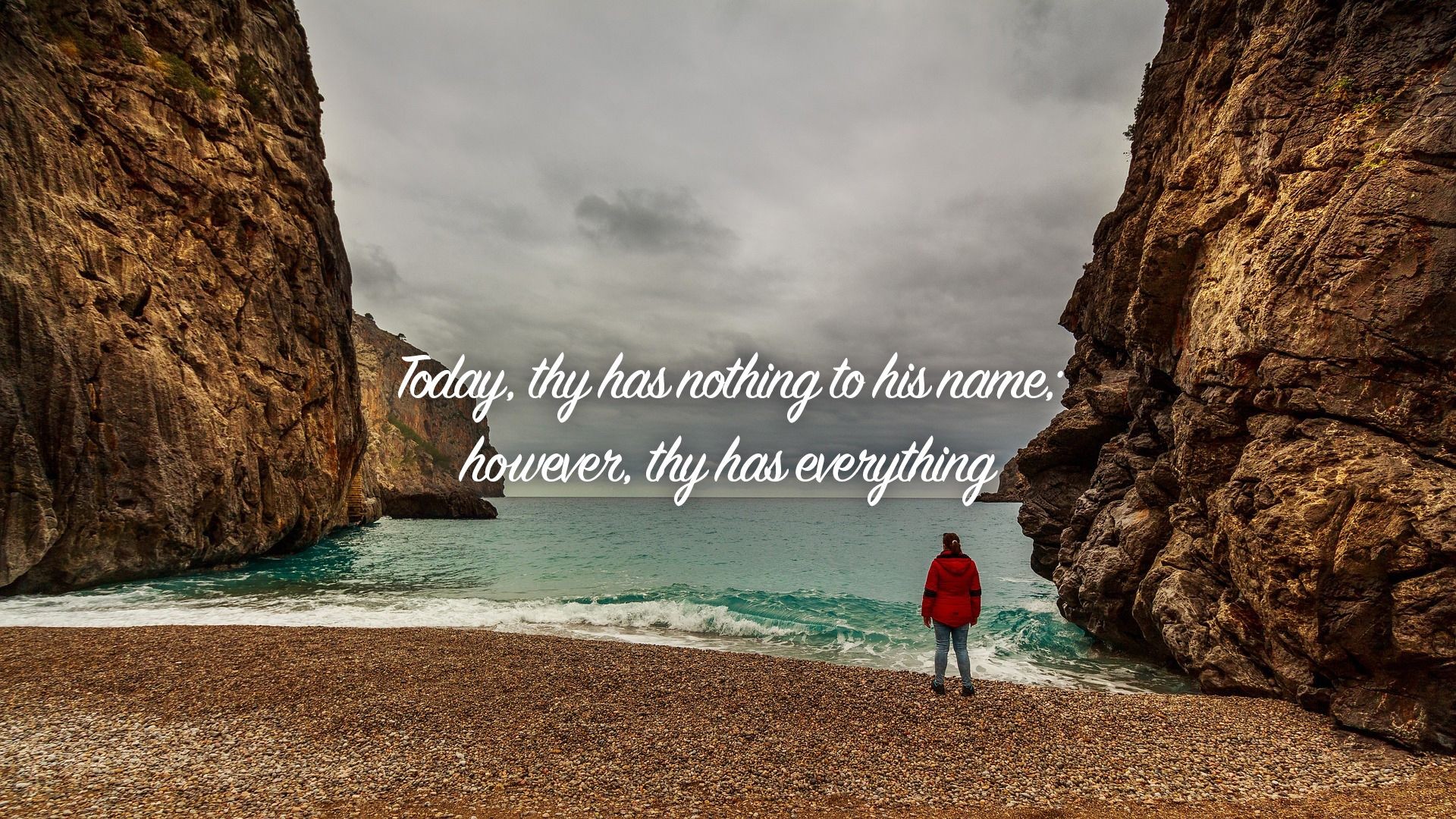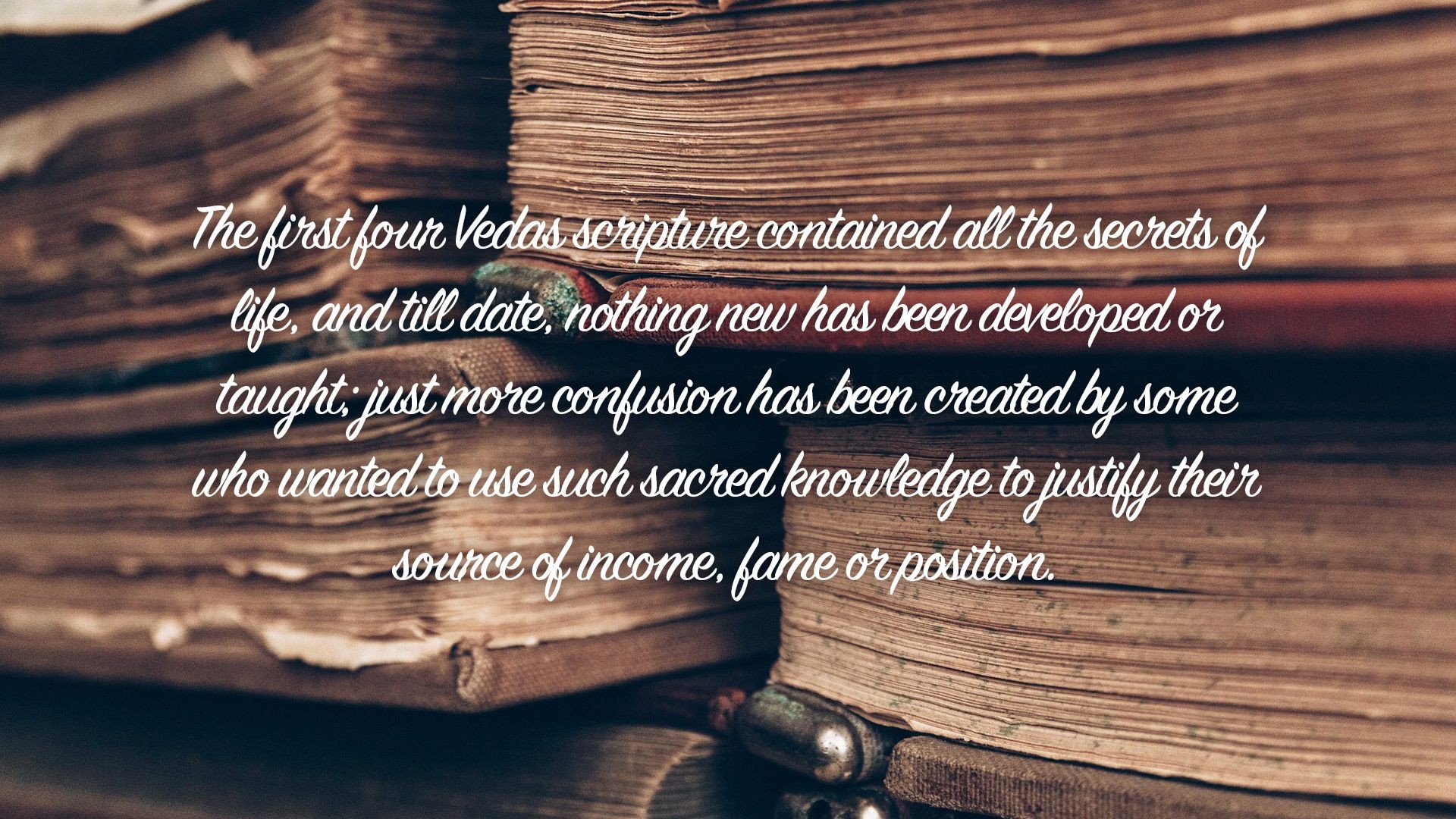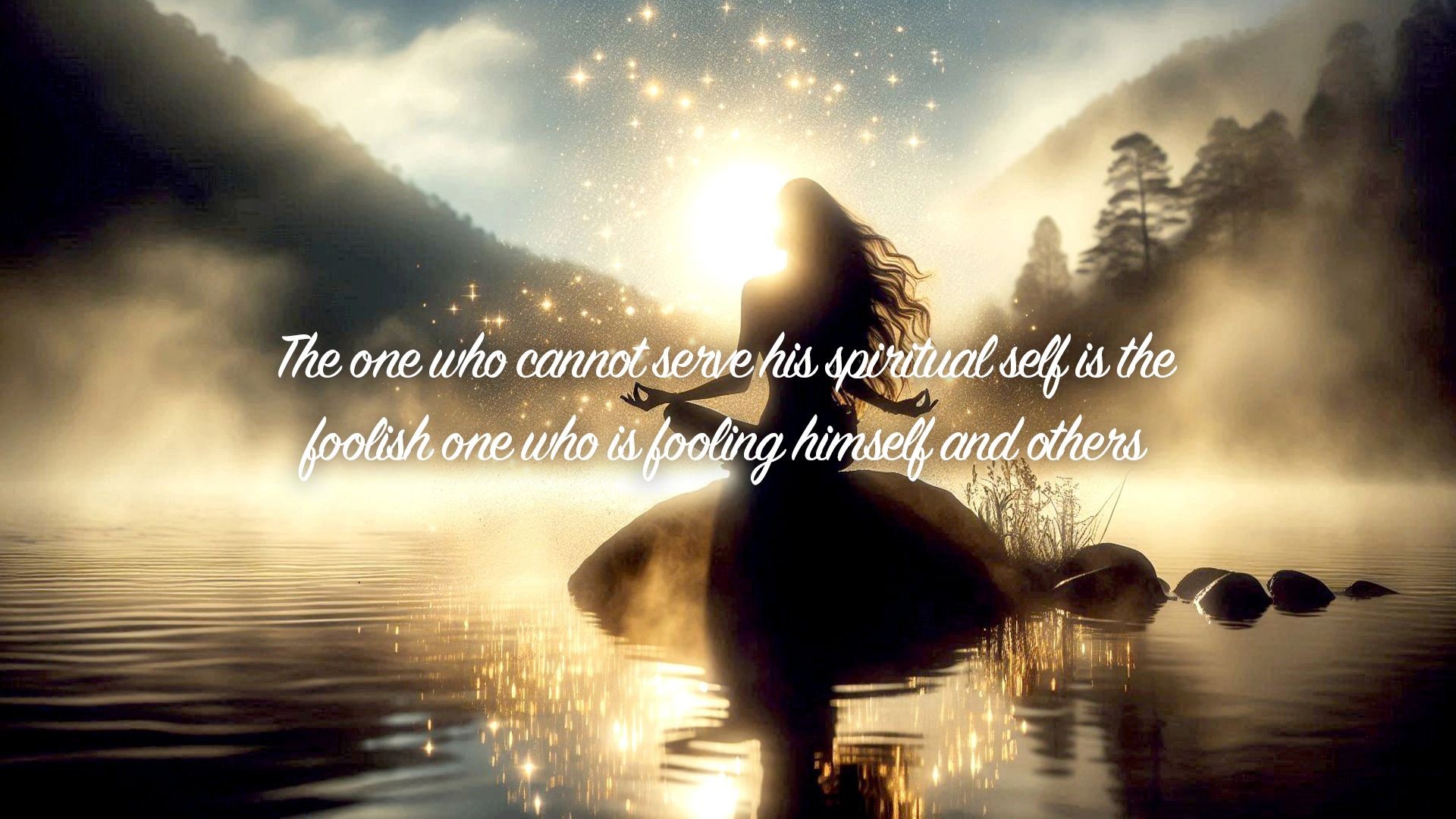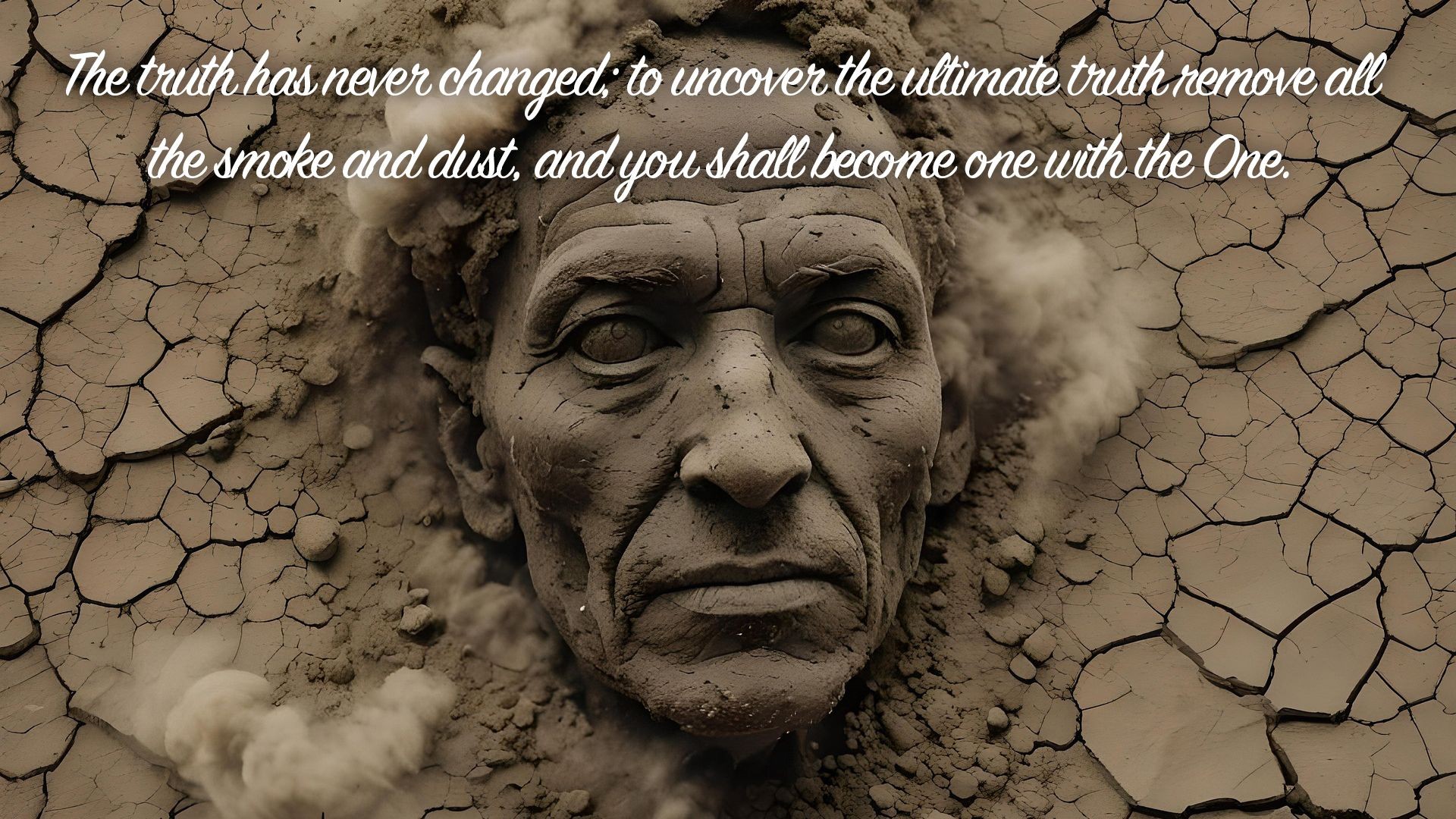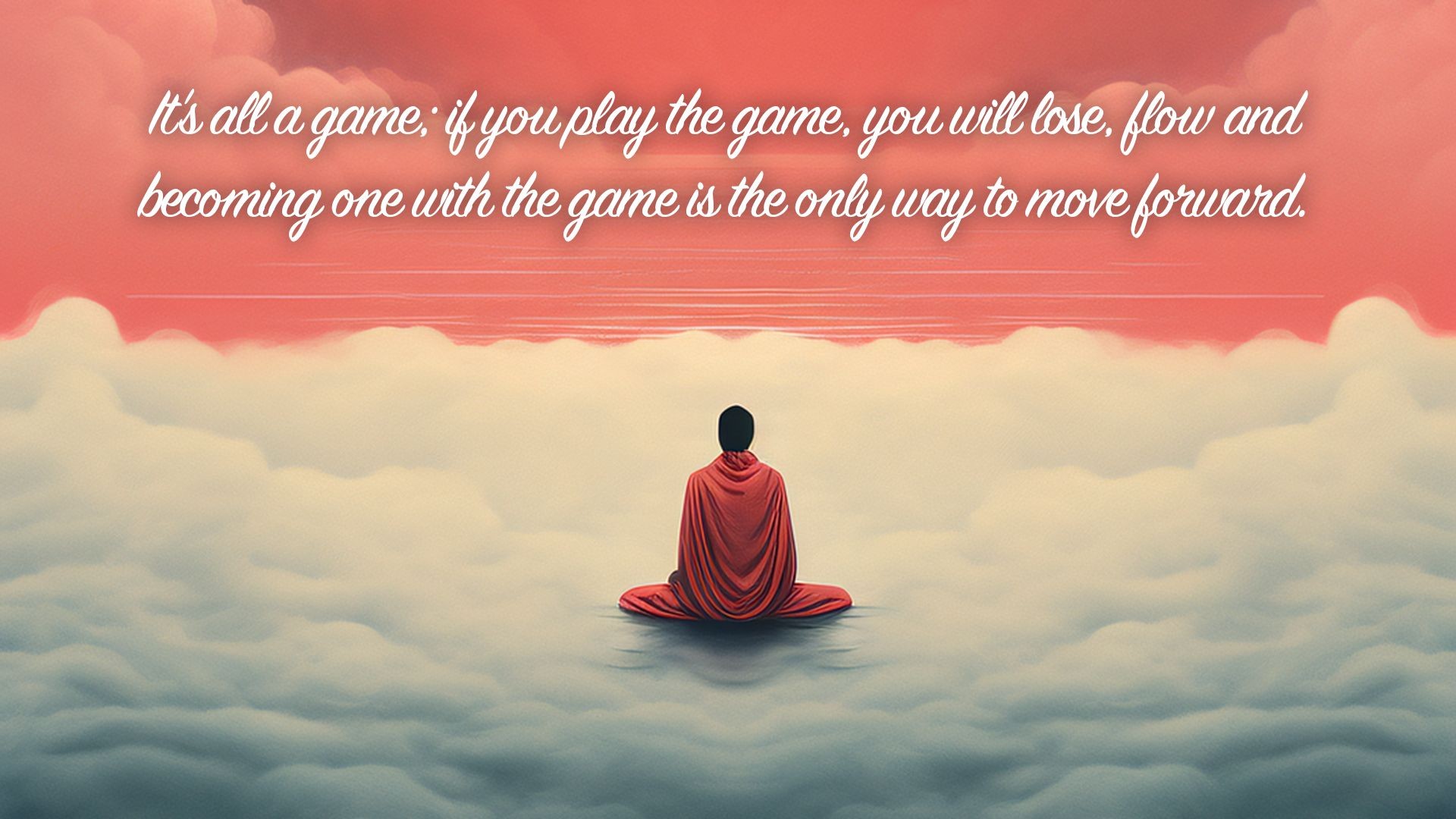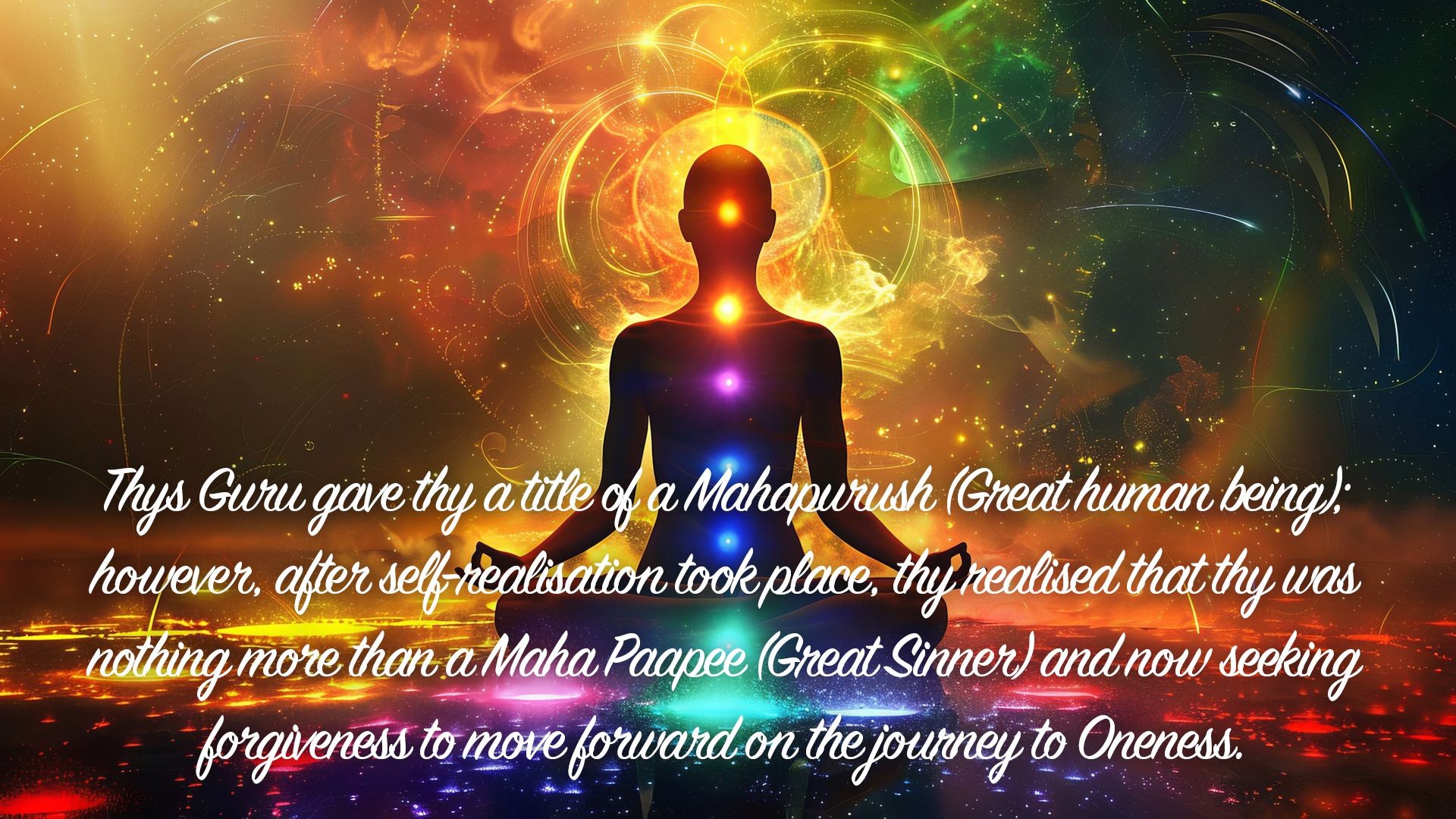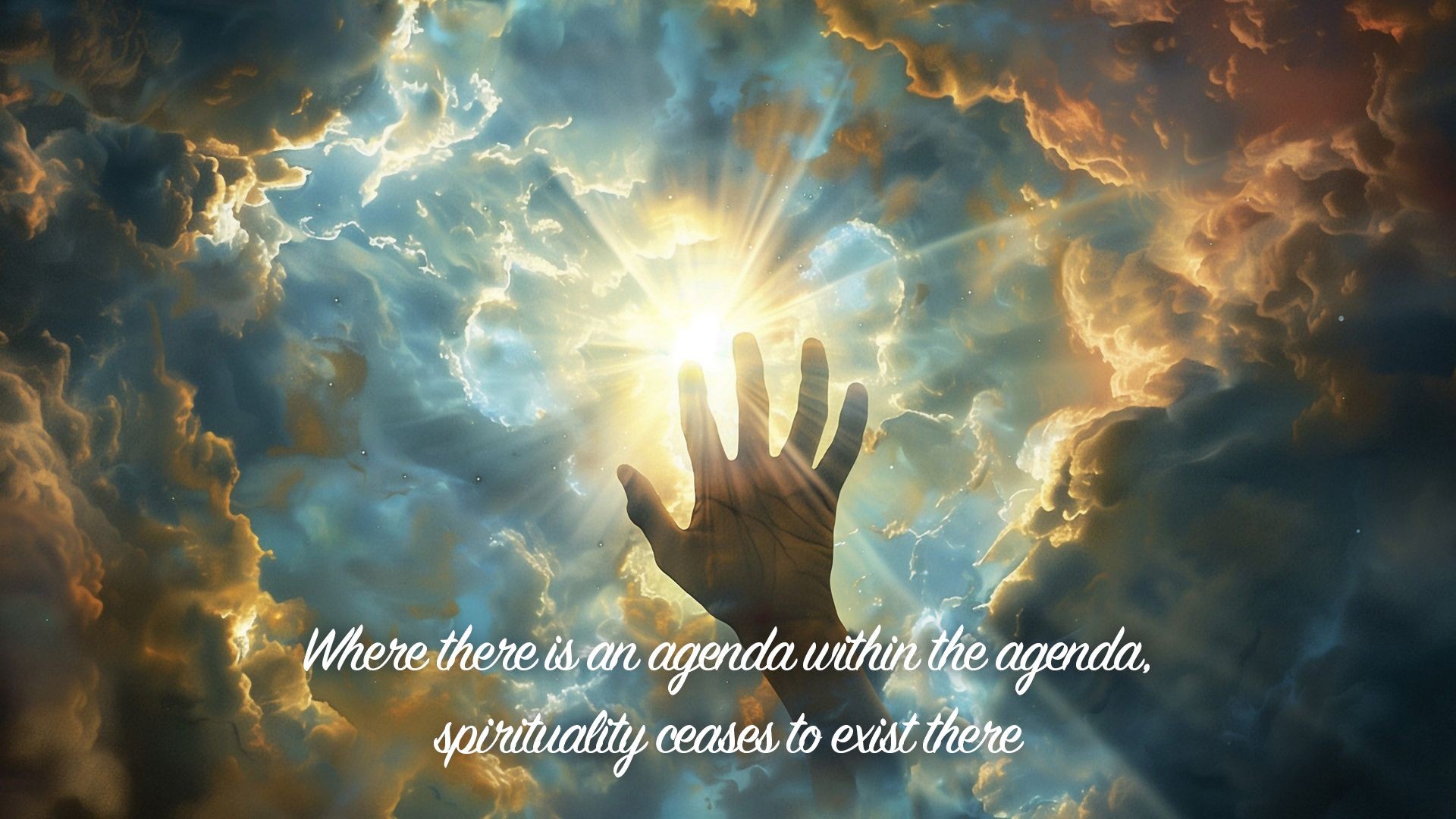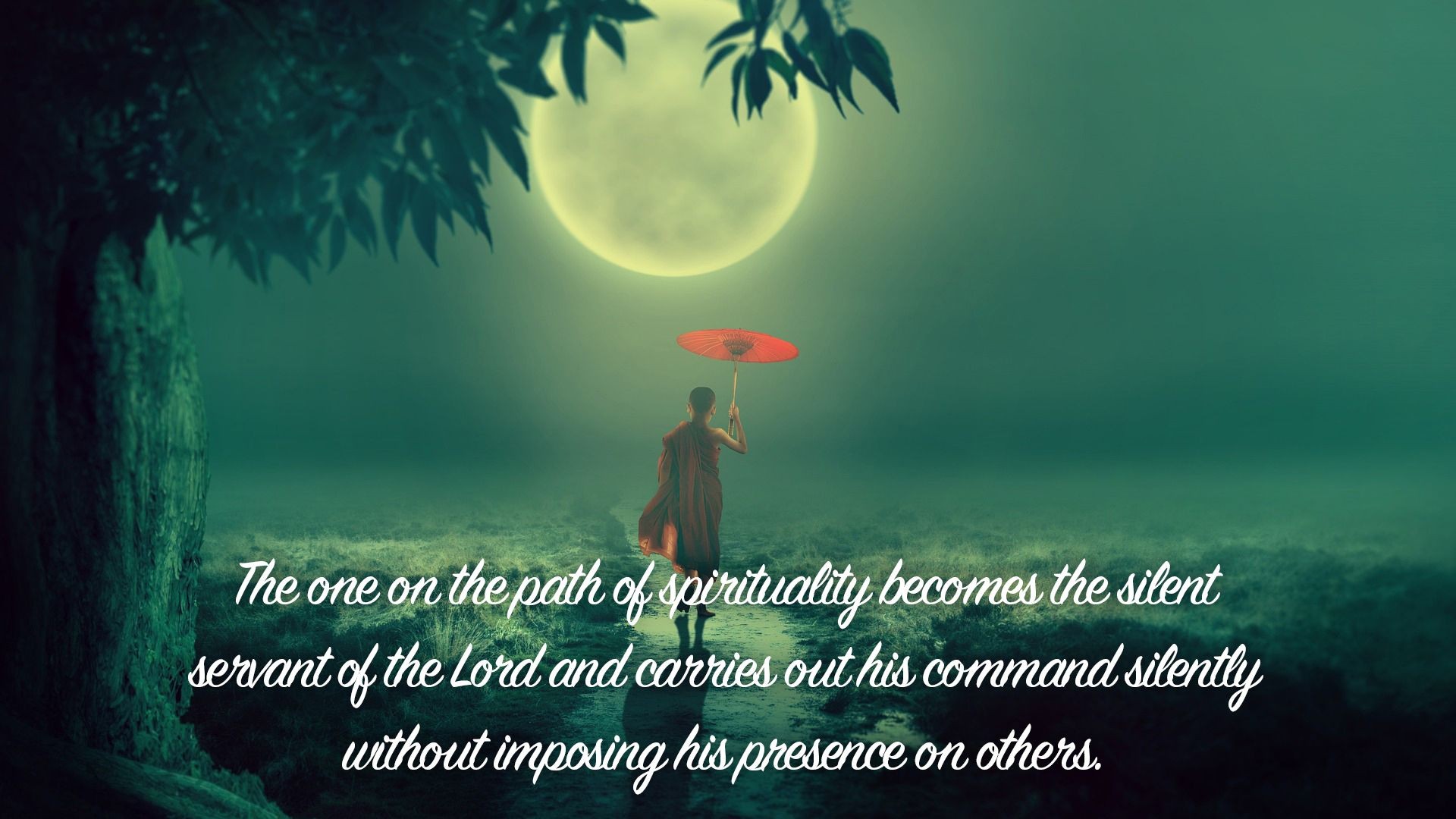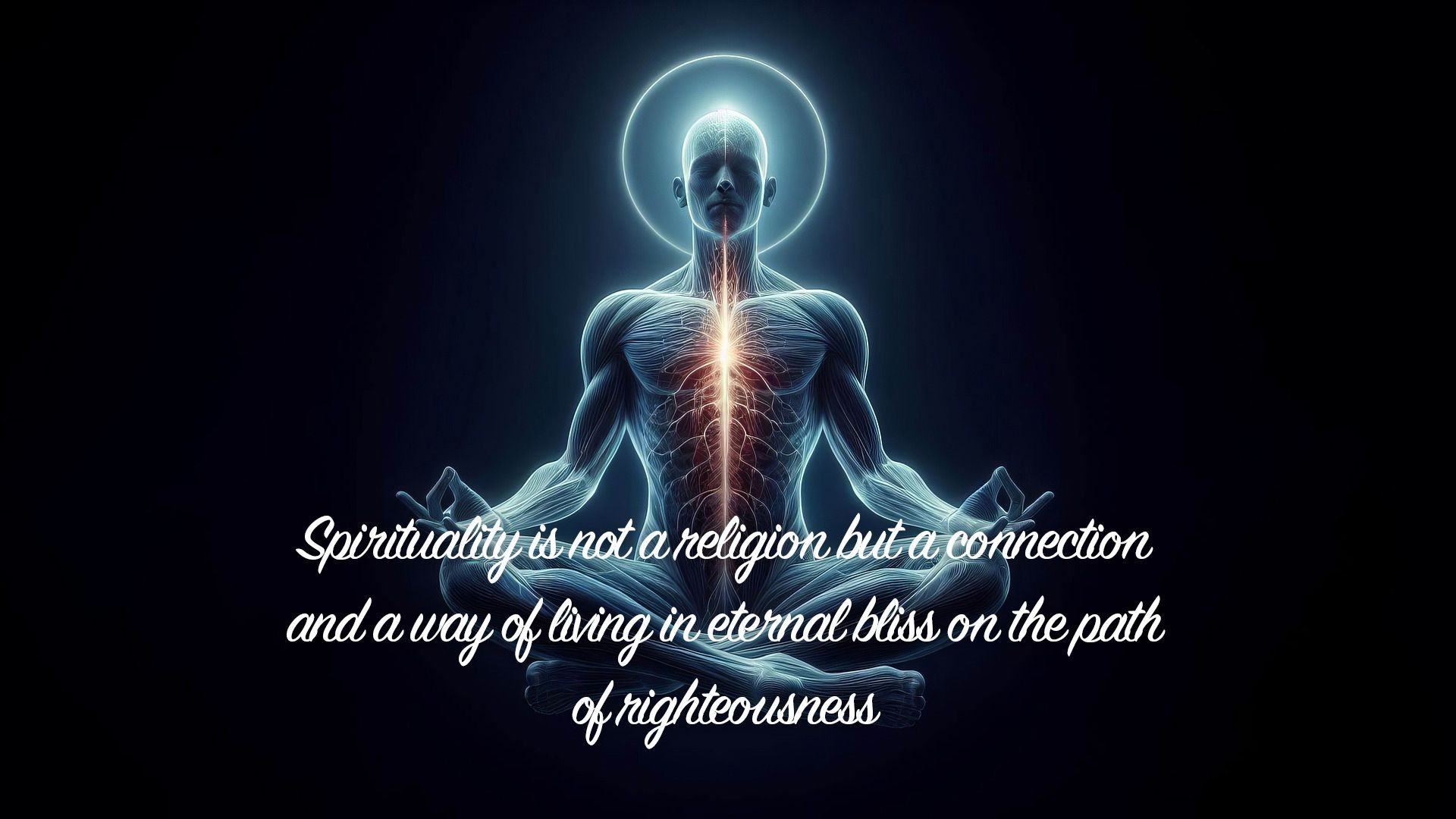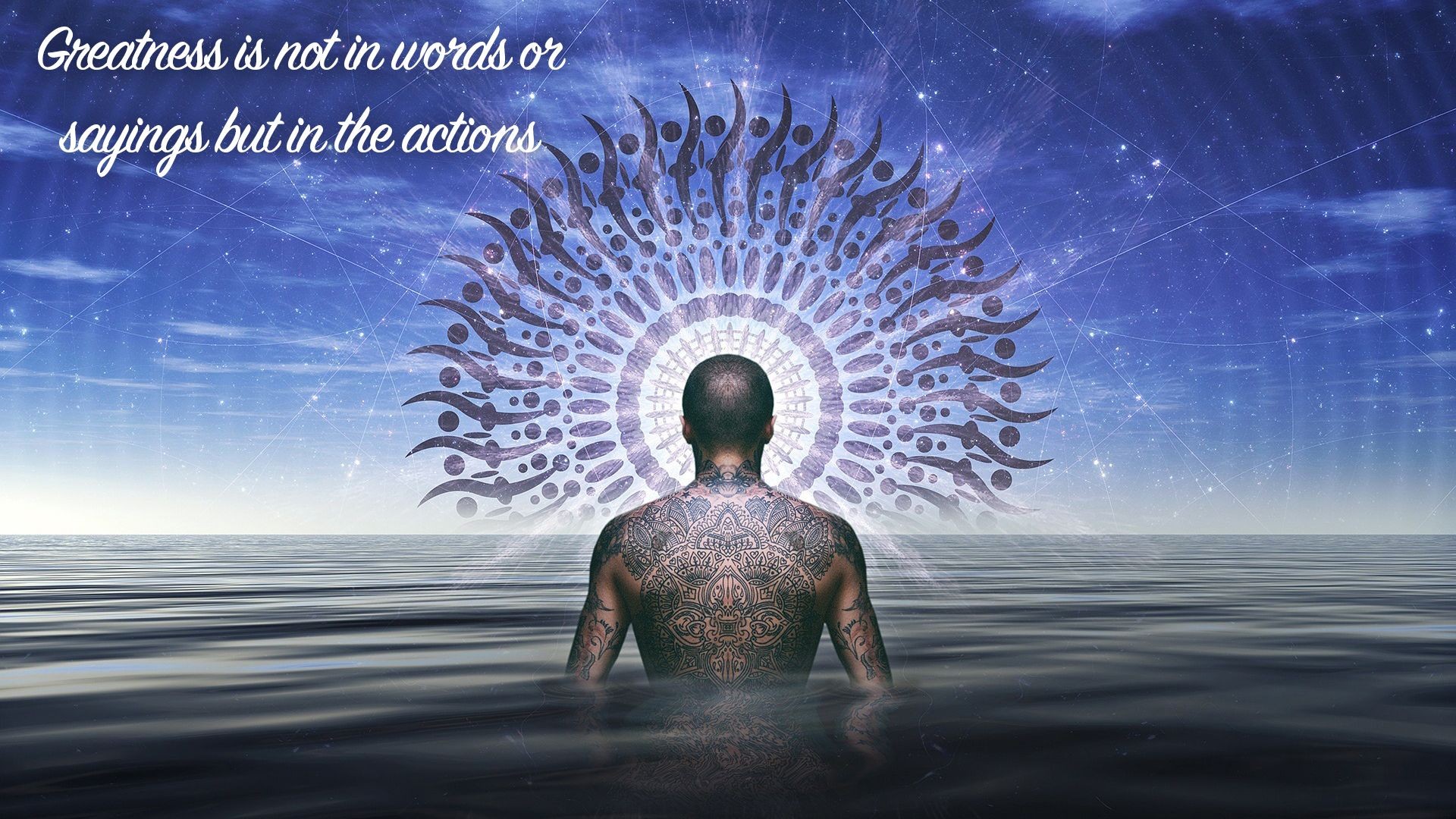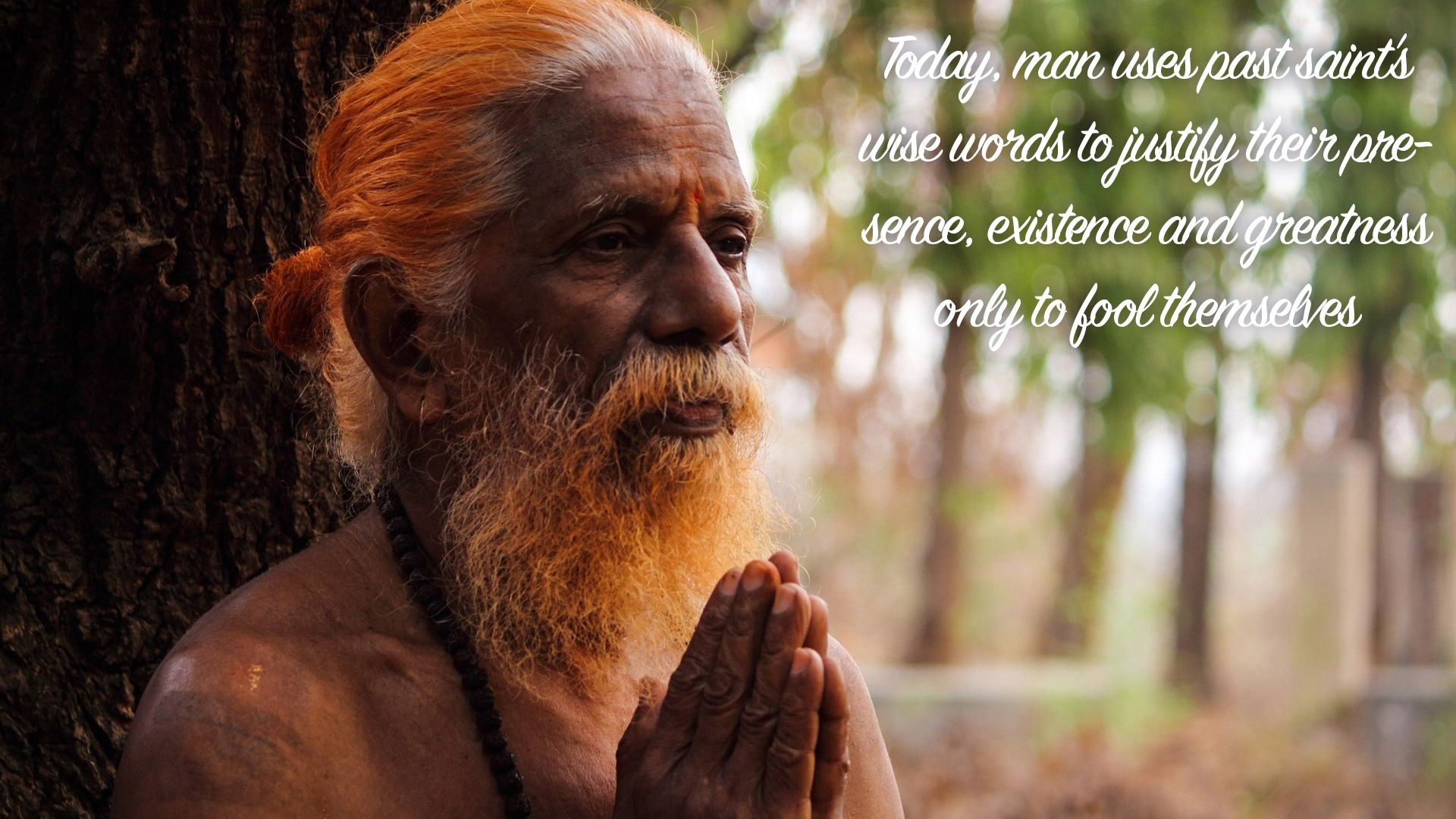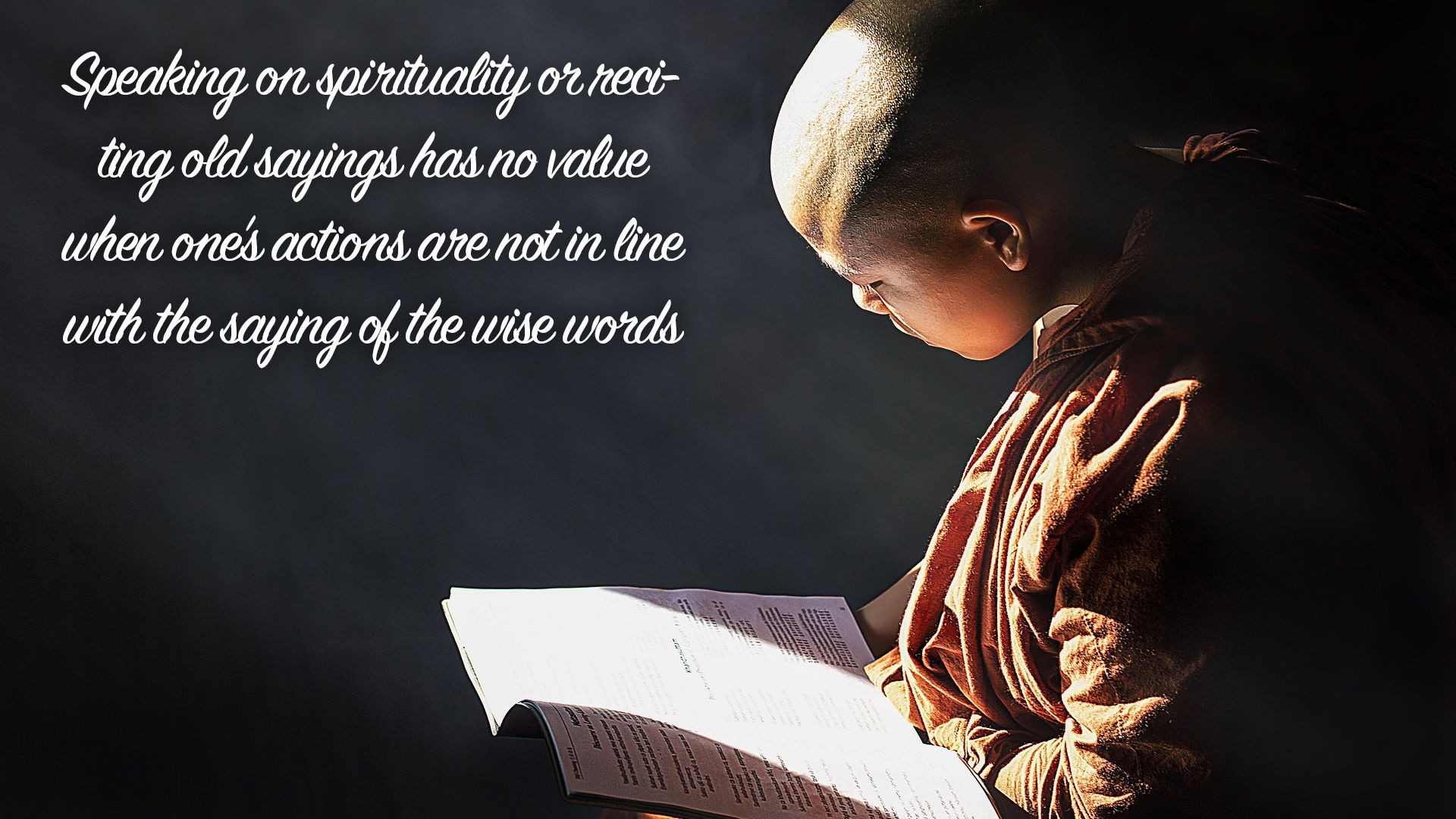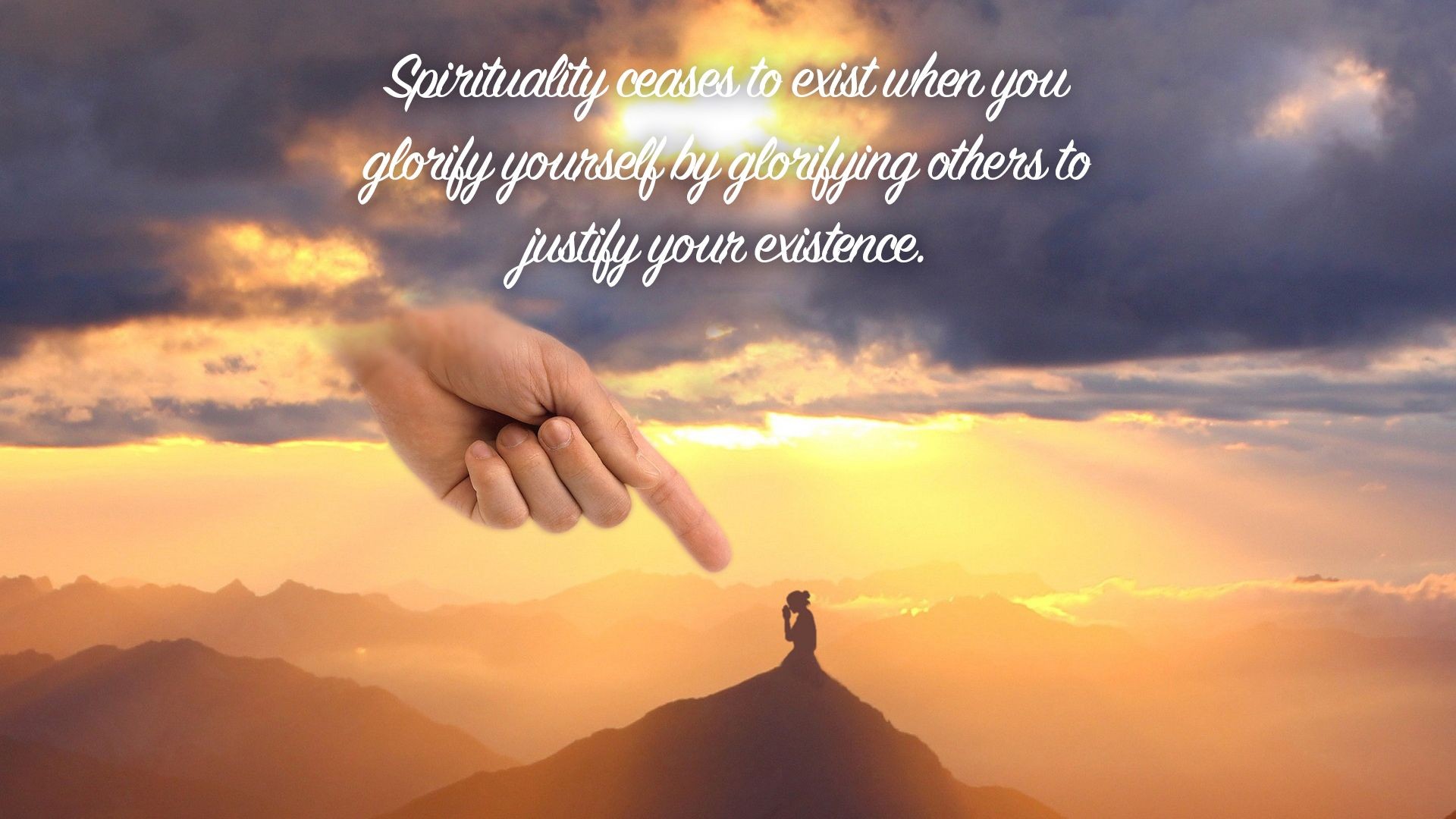Latest videos
“Today thy has nothing to his name; however, thy has everything. Aum Namaha Shivaya.” says Guru Ka Das Walia
“The first four Vedas scripture contained all the secrets of life, and till date, nothing new has been developed or taught; just more confusion has been created by some who wanted to use such sacred knowledge to justify their source of income, fame or position. Aum Namaha Shivaya.” says Guru Ka Das Walia
"What's the point of preaching when you can't walk your own talk? All you are trying to do is serve your ego and justify your existence. Aum Namaha Shivaya.” says Guru Ka Das Walia
“The one who cannot serve his spiritual self is the foolish one who is fooling himself and others. Aum Namaha Shivaya.” Says Guru Ka Das Walia
“The truth has never changed; to uncover the ultimate truth remove all the smoke and dust, and you shall become one with the One. Aum Namaha Shivaya.” says Guru Ka Das Walia
“It's all a game; if you play the game, you will lose, flow and becoming one with the game is the only way to move forward. Aum Namaha Shivaya.” Says Guru Ka Das Walia
“Before I try to change the world, thy must first become the change that thy wishes to see in the world. Aum Namaha Shivaya.” Says Guru Ka Das Walia
“To help someone else, one must first help themselves. Aum Namaha Shivaya.” Says Guru Ka Das Walia
“Desires, expectations and perceptions are the routes of unhappiness. Aum Namaha Shivaya.” Says Guru Ka Das Walia
“Thys Guru gave thy a title of a Mahapurush (Great human being); however, after self-realisation took place, thy realised that thy was nothing more than a Maha Paapee (Great Sinner) and now seeking forgiveness to move forward on the journey to Oneness. Aum Namaha Shivaya.” Says Guru Ka Das Walia
“Where there is an agenda within the agenda, spirituality ceases to exist there. Aum Namaha Shivaya.” Says Guru Ka Das Walia
“The world is disillusioned; the people are disillusioned, then what is the illusion. Aum Namaha Shivaya.” Says Guru Ka Das Walia
“Your thoughts, actions and words manifest as your life’s future events. Aum Namaha Shivaya.” Says Guru Ka Das Walia
“The last moments will always be the truth of your life when you are made to judge your life's actions. Therefore, live to liberate yourself in the time given by the Lord to realise who you are and why you are here so that you can complete the journey of eternal life. Aum Namaha Shivaya.” Says Guru Ka Das Walia
"The one on the path of spirituality becomes the silent servant of the Lord and carries out his command silently without imposing his presence on others. Aum Namaha Shivaya.” Says Guru Ka Das Walia
“Spirituality is not a religion but a connection and a way of living in eternal bliss on the path of righteousness. Aum Namaha Shivaya.” Says Guru Ka Das Walia
"Greatness is not in words or sayings but in the actions. Aum Namaha Shivaya.” Says Guru Ka Das Walia
“Today, man uses past saint’s wise words to justify their presence, existence and greatness only to fool themselves. Aum Namaha Shivaya.” Says Guru Ka Das Walia
“Speaking on spirituality or reciting old sayings has no value when one's actions are not in line with the saying of the wise words. Aum Namaha Shivay.” Says Guru Ka Das Walia
“Spirituality ceases to exist when you glorify yourself by glorifying others to justify your existence. Aum Namaha Shivaya.” Says Guru Ka Das Walia
